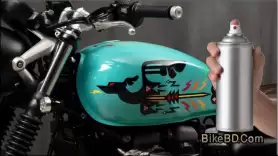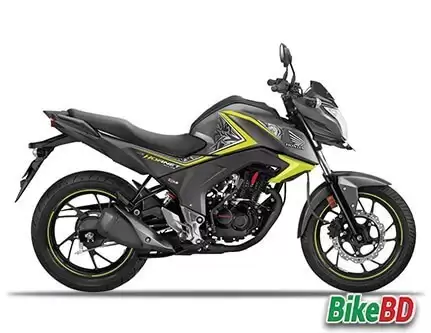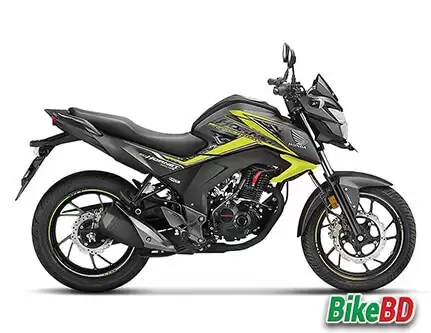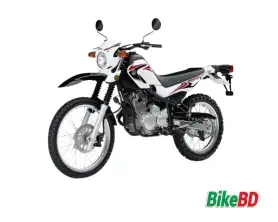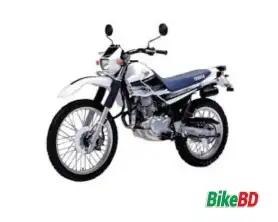Shares 2
How To Bleed A Motorcycle Hydraulic Clutch System?
Last updated on 31-Dec-2024 , By Saleh
The hydraulic clutch system in motorcycles is a modern addition that replaces the traditional cable-operated clutch system found in most motorcycles. A hydraulic clutch allows for smoother and more precise clutch engagement, making it a popular feature in modern and high-end motorcycles. However, the hydraulic clutch system also requires maintenance, such as clutch line bleeding, similar to hydraulic braking systems. So, here we will guide you on how to bleed a motorcycle hydraulic clutch system.
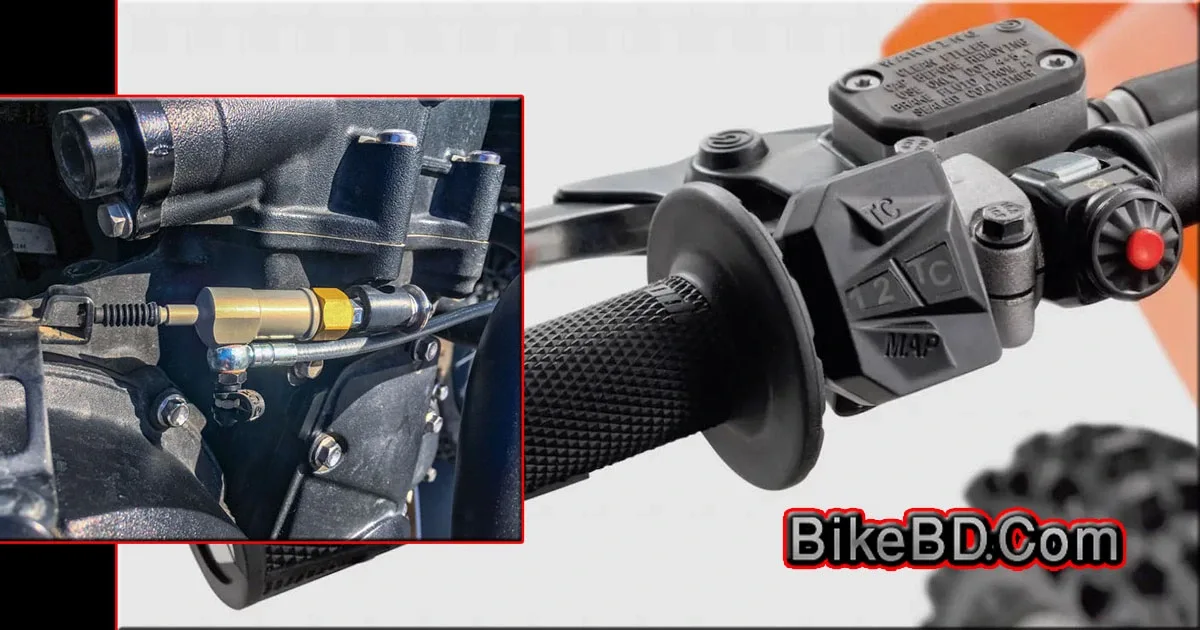
How To Bleed A Motorcycle Hydraulic Clutch System?
An alternative to the conventional wire clutch system, the hydraulic clutch system in motorcycles is a very popular feature these days. Hydraulic clutches use fluid pressure to transmit force from the clutch lever to the clutch mechanism, ensuring flawless clutch operation. However, fluid pressure is used here instead of wire linkage which is absolutely similar to the hydraulic braking system.
The motorcycle hydraulic clutch system consists of several components, including the clutch lever, master cylinder, hydraulic line, and slave cylinder, which are quite similar in construction to the motorcycle hydraulic braking system. Consequently, the maintenance and bleeding process for the motorcycle hydraulic clutch system is also the same as the hydraulic brake bleeding process. So, here is the step-by-step process of bleeding a motorcycle's hydraulic clutch system.
Before you begin, you need to gather a few essential tools and materials. To bleed the hydraulic clutch, you will need the recommended type and grade of hydraulic fluid, a container to collect the old fluid during the bleeding process, a hydraulic fluid bleeding kit or plastic pipe, a wrench set, screwdrivers, and some cotton rags. However, don't forget to read through the specific service manual, which will provide specific instructions and guidelines for the particular model of the hydraulic clutch system.

Once you're ready with the proper tools and materials, park the motorcycle on a level surface with enough light and airflow. Put on your safety goggles and nitrile gloves to protect your eyes and skin from any potential splashes or spills. Ensure you have all the required tools and materials within easy reach, and it will be nice and helpful to have an assistant to help you during the clutch bleeding process.

Steps To Bleed The Hydraulic Clutch System
Refer to your motorcycle's owner's manual to locate the bleeder valve on the clutch slave cylinder. It is typically located near the clutch lever or on the clutch housing. The bleeder valve resembles a small screw or nut, usually covered with a rubber cap. Attach one end of a clear plastic tubing securely onto the bleeder valve. Place the other end of the tubing into a clean container to collect the old clutch fluid during the bleeding process.
Then, open the master cylinder reservoir cap, typically located on the handlebar near the clutch lever. Inspect the fluid level and top it up if necessary. Keep the cap loose until the bleeding process ends. Be cautious not to spill brake fluid on any painted or plastic surfaces, as it can cause damage. Use a clean cloth to wipe away any accidental spills.
Also Read: Always Quickly Press & Release The Clutch 3 or 4 Times
Next, slowly squeeze and release the clutch lever multiple times and hold it pressed firmly. This action will create pressure within the hydraulic system, forcing the brake fluid to flow through the hose and into the container. Use a wrench or spanner to gently loosen the bleeder valve by turning it counterclockwise and letting the fluid bleed out. Then close the bleeder valve by turning it clockwise.
Repeat the same process until a consistent flow of clean brake fluid flows out without any air bubbles. Then tighten the bleeder valve firmly. Be careful not to apply excessive force to avoid damaging the valve. Also, close the master cylinder reservoir cap, ensuring that the fluid is refilled to the recommended level. Then carefully remove the plastic tubing from the bleeder valve. Wipe away any spilled fluid with a clean cloth or rag, and you are done with the bleeding process.
So this is the bleeding process of a motorcycle hydraulic clutch system. By following these steps you can effectively remove air bubbles and maintain a smooth and responsive clutch operation. However, before you ride the motorcycle on the roads be ensured about the effectiveness of the clutch system. Test the clutch lever's response and effectiveness while the motorcycle is stationary. If any issues are found or the clutch still feels spongy or unresponsive, repeat the bleeding procedure or seek professional assistance from a certified motorcycle technician. That's it.
T
Published by Saleh


